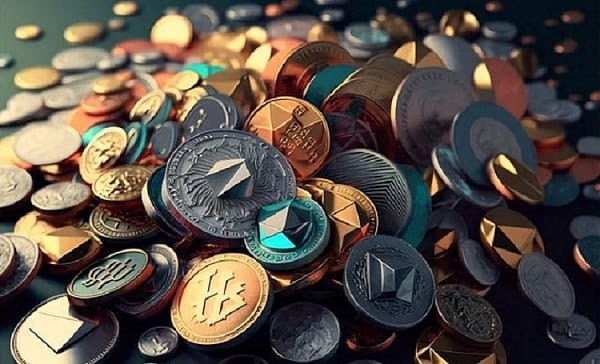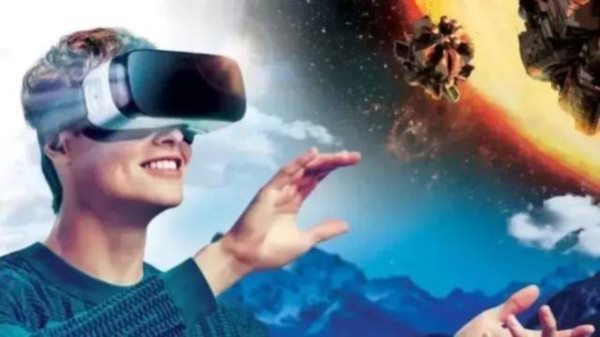时间:2024-03-25|浏览:295
Goldman Sachs said commodity prices will rise this year as industrial and consumer demand will be supported by interest rate cuts from the Federal Reserve and the European Central Bank.
Goldman Sachs analysts including Samantha Dart and Daan Struyven said in a March 24 report that raw material prices could rise 15% in 2024 as borrowing costs fall, manufacturing recovers and geopolitical risks persist. Copper, aluminum, gold and petroleum product prices are likely to climb, the bank said. The bank also stressed that investors need to be selective as the rise is not universal.
Commodity prices rose slightly in the first quarter, with crude oil prices strengthening, gold prices hitting record highs and copper prices topping $9,000 per ton. Policymakers at the Federal Reserve and the European Central Bank have signaled their intention to cut interest rates this year as inflation recedes. In addition, China has indicated that it will further support its economic recovery. Goldman Sachs analysts said:
“We find that U.S. interest rate cuts in a non-recessionary environment lead to higher commodity prices, with the biggest boost to metals (especially copper and gold), followed by crude oil. Importantly, as easier financial conditions have a greater impact on economic growth The driving effect gradually emerges, and the positive impact on prices tends to increase over time. ”
Goldman's cautiously optimistic outlook echoes comments from other market watchers. Australia's Macquarie Group said earlier this month that commodities were entering a new cyclical uptrend, driven by tightening supply and an improving global economy. Jeff Currie, a former head of commodities research at Goldman Sachs and now at Carlyle Group, also predicts commodities will rise as the Fed cuts interest rates. Additionally, JPMorgan Chase also highlighted gold’s upside potential.
In Goldman Sachs' year-end price forecast, copper prices are forecast to rise to $10,000/ton, aluminum prices are forecast to rise to $2,600/ton, and gold prices are forecast to rise to $2,300/ounce.
In addition to commodities, Goldman Sachs also made a high-profile call on U.S. stocks.
Goldman Sachs strategists are sticking to their forecast for the S&P 500 (SPX) to reach 5,200 by year-end, but Big Tech stocks could also lead the index to rise another 15%.
Goldman Sachs strategists led by David Kostin wrote in a report that the bank sticks to its current forecast for the year-end target for U.S. stocks because the path of the federal funds rate and the trajectory of economic growth have been fully priced in by the market. However, with the valuation outlook uncertain, analysts have explored potential scenarios beyond the base case.
One view is that the valuations of large technology companies may continue to expand, with the S&P 500 index rising to 6,000 points by the end of the year and a forward price-to-earnings ratio of 23 times. "While optimism about AI appears to be high already, long-term growth expectations and valuations for the largest TMT stocks (Computers, Media, Electronics, Communications) are still far from 'bubble' levels," the strategists wrote.
Goldman Sachs predicts S&P 500 could hit 6,000
The S&P 500 is up nearly 10% this year, closing at 5,234.18 points on Friday. That already dwarfs many strategists' year-end forecasts. Healthy U.S. economic data, expectations of interest rate cuts and optimism about artificial intelligence stocks were among the factors driving the index higher.
Goldman Sachs pointed out that a large part of the market is still suppressed by concerns about "the persistence of high interest rates for a long time" and high capital costs, which is a driving force that may turn into a driving force for U.S. stocks to continue upward. "Changing the outlook for interest rates without a deterioration in the economy is necessary for market gains to extend," the strategists said.
Goldman Sachs also predicted where the S&P 500 might go under several other scenarios. One scenario is a "catch-up" to 2018 valuations, which could take the index to 5,800 by the end of the year. The other two scenarios are much more pessimistic: one is "covering the losses," where sales growth expectations prove to be too optimistic, and the other is when investors begin to price in recession risk. Strategists say both scenarios could send the S&P 500 down to 4,500 by the end of the year.
Article forwarded from: Golden Ten Data









